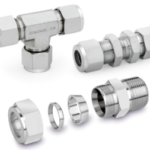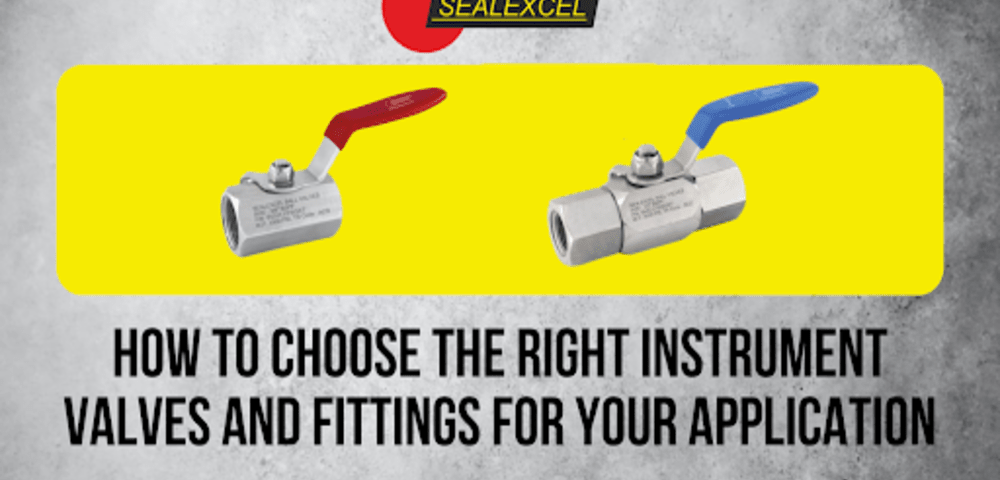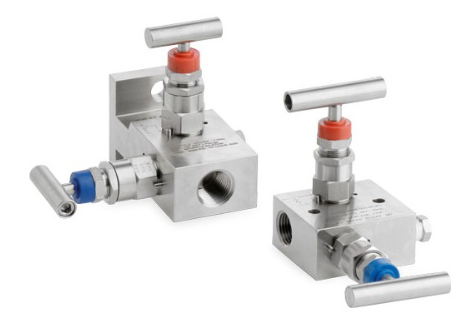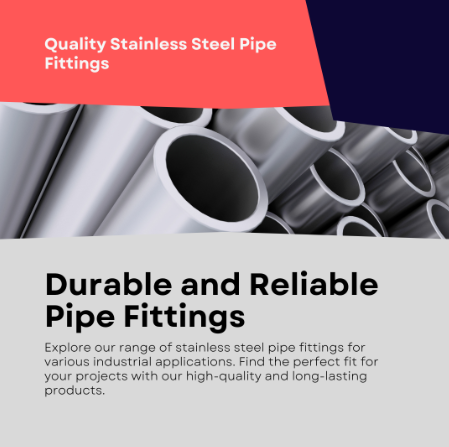
The Ultimate Guide to Stainless Steel Bulkhead Fittings
November 1, 2022
Instrumentation Fittings Unveiled: Key Components in Industrial Applications
December 11, 2023In order to effectively operate any system or piece of equipment, it is essential to have the right instrument valves and fittings in place. These components are responsible for regulating and controlling the flow of fluids, gases, or other substances within a system, and choosing the wrong ones can have serious consequences. Therefore, it is important to carefully consider your specific needs and requirements when selecting instrument valves and fittings for your application.
Material
The first step in choosing the right Instrument valves and fittings is to determine the type of material that will be flowing through them. This will help you narrow down your options and ensure that you choose a product that is compatible with the substances you will be working with. Some common materials that are often used in instrument valves and fittings include water, oil, gas, and air, each of which may have specific requirements for compatibility.
Type of Valves and Fittings Needed
Once you have determined the material that will be flowing through your system, you can then consider the type of instrument valves and fittings that are best suited for your application. There are several different options to choose from, including ball valves, butterfly valves, gate valves, and globe valves, among others. Each of these options has its own unique characteristics and benefits, and the best one for your application will depend on your specific needs and requirements.
Pressure and Temperature Range
This is an important factor to consider when choosing instrument valves and fittings is the pressure and temperature range that they can handle. Different products are designed to withstand different levels of pressure and temperature, so it is important to choose a product that can handle the conditions that your system will be subjected to. For example, high pressure and high temperature applications may require instrument valves and fittings made of materials such as stainless steel or high-alloy steel, which are able to withstand these conditions.
Size of the Components
It is important to choose products that are appropriately sized for your system in order to ensure optimal performance and efficiency. If the components are too small, they may not be able to handle the flow of material properly, which could lead to problems such as clogging or reduced efficiency. On the other hand, if the components are too large, they may be unnecessarily costly and may not be able to fit in the space available.
Quality and Reliability of the instrument valves
It is essential to choose products that are well-made and durable in order to ensure that they will perform properly and last for a long time. This may involve looking for products from reputable manufacturers or checking for certifications such as UL or CE, which can help to ensure that the products are of high quality.
Choosing the right Instrument valves and fittings for your application is an essential task that requires careful consideration of several factors. By considering the type of material that will be flowing through your system, the type and size of the components, the type of connection that is needed, and the overall quality and reliability of the products, you can ensure that you choose the best instrument valves and fittings for your specific needs.




